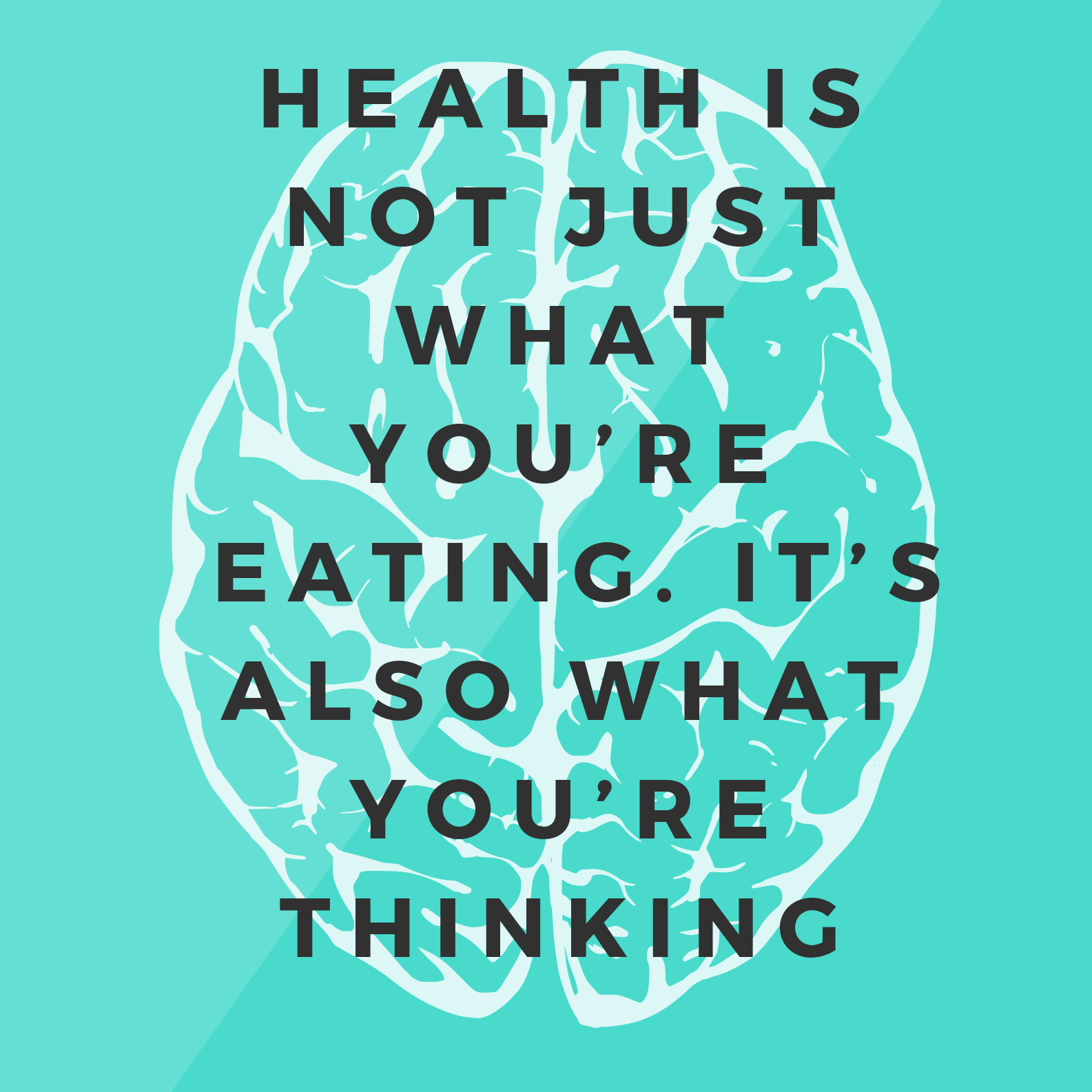
Since I began hiking a few years ago, I have visited the same parks several times. While walking through Harriman National Park in New York last weekend, my mind reflected on: I felt like a different person compared to the previous time I had visited. Even the forest was different. This time the forest was covered in snow, leafless, and cold, compared with the warm and yellow leaves from last fall when I was there. Some personal cycles have come to an end, and others have begun, and just as the seasons changed the mountain landscape, everything transformed over time.
I felt that returning to the same place is like journaling therapy, it helps you create order when your world may be in chaos, it is a time to de-stress and relax. Returning to the same place can help reaffirm what you have learned. Noticing growth, observing the changes, and feeling the transformation of yourself and that space. Returning to the same place can evoke a series of emotions and reflections on the past, appreciate the present and anticipate the future.
‘You always return to the old places where you loved life’ and I choose the mountain because for years it gave me peace and serenity, and will continue to give my mind and body a refuge, where I can disconnect from the stressful life in the city. Around nature I find tranquility, and its energy heals me. And you, where would you go back?
La terapia de volver a los mismos lugares
Desde hace varios años llevo haciendo senderismo y visite los mismos parques en varias ocasiones. Mientras caminaba por Harriman Parque Nacional en New York el fin de semana pasado, sin planearlo, mi mente reflexionó: Me sentí como una persona diferente a la que visitó aquel parque la última vez, y ni el bosque era el mismo. Esta vez el bosque estaba cubierto de nieve, sin hojas, y frío. En comparación con las hojas amarillas y cálido otoño de la última vez que estuve allí. Cerré ciclos, empecé otros, y así como las estaciones cambiaron el paisaje de la montaña, todo se transforma con el paso del tiempo.
Sentí que volver al mismo sitio es como la terapia de escribir un diario, te ayuda a crear orden cuando tu mundo que puede estar en el caos, es un tiempo de desestresarte y relajarte. Volver al mismo sitio puede ayudar a reafirmar lo aprendido, notar el haber crecido, observar el cambio, sentir la transformación tuya y de ese espacio. Volver a un mismo sitio puede evocar una serie de emociones y reflexiones sobre el pasado, apreciar el presente y anticipar el futuro.
‘Uno vuelve siempre a los viejos sitios donde amó la vida’ y yo elijo la montaña porque durante años me dio paz y serenidad, y seguirá dando a mi mente y cuerpo un refugio, donde puedo desconectar de la vida estresante en New York. Alrededor de la naturaleza encuentro tranquilidad, y su energía me sana. ¿Y tú, a qué lugar volverías?












